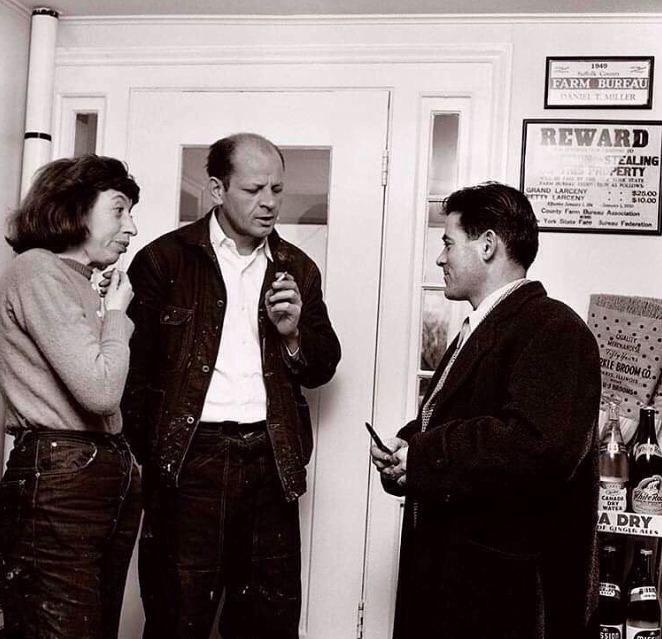

The House of Costantino Nivola in Springs, New YorkIn the heart of Springs, in the Hamptons, stands a home that holds a precious fragment of 20th-century art history. It is the house of artist Costantino Nivola and his wife, Ruth Guggenheim.
Nivola was born in Orani, Sardinia, in 1911, and began working at a young age with his father, a master mason. At just twenty, he moved to Monza, where he trained at an industrial arts school with a Bauhaus influence, studying under artists and architects such as Marino Marini and Giuseppe Pagano.
After graduating, he worked as a graphic designer for Olivetti and collaborated with Pagano on the Italian Pavilion at the 1937 Paris Exposition.
The following year, he married Ruth Guggenheim, a German-Jewish artist, and the couple fled to New York to escape fascist persecution. In the United States, Nivola quickly became immersed in the world of art and design, contributing to Interiors magazine and forming friendships with notable figures like Josef Albers, Walter Gropius, and Bernard Rudofsky.
The following year, he married Ruth Guggenheim, a German-Jewish artist, and the couple fled to New York to escape fascist persecution. In the United States, Nivola quickly became immersed in the world of art and design, contributing to Interiors magazine and forming friendships with notable figures like Josef Albers, Walter Gropius, and Bernard Rudofsky.





In 1948, he purchased an old farmhouse in Springs, East Hampton—just a short walk from the home of Jackson Pollock and Lee Krasner. Together with Ruth, he transformed the property into a lively gathering place for artists, architects, and intellectuals. Le Corbusier, with whom Nivola shared a studio in Manhattan, was a frequent guest and even painted two murals directly on the home’s walls.
Inspired by the dialogue between art and architecture, Nivola collaborated with Bernard Rudofsky to design a truly unique garden: abstract sculptural walls, wisteria-covered pergolas, a solarium, a musical fountain, and a large outdoor fireplace—“green rooms” conceived as spaces for conversation and exchange.
From the outside, the house appears to be a modest farmhouse, clad in cedar shingles typical of the Hamptons landscape. But once inside, you enter a luminous, intimate world, where white walls tell a story of artistic expression passed down through generations. Rough-hewn sculptures, hand-carved by Nivola, inhabit every corner: the main house, the adjacent barn, the studio, and even the garden, where long walls of sand-cast concrete—etched while the material was still fresh—define and adorn the space.
Inspired by the dialogue between art and architecture, Nivola collaborated with Bernard Rudofsky to design a truly unique garden: abstract sculptural walls, wisteria-covered pergolas, a solarium, a musical fountain, and a large outdoor fireplace—“green rooms” conceived as spaces for conversation and exchange.
From the outside, the house appears to be a modest farmhouse, clad in cedar shingles typical of the Hamptons landscape. But once inside, you enter a luminous, intimate world, where white walls tell a story of artistic expression passed down through generations. Rough-hewn sculptures, hand-carved by Nivola, inhabit every corner: the main house, the adjacent barn, the studio, and even the garden, where long walls of sand-cast concrete—etched while the material was still fresh—define and adorn the space.







Though still a private residence, the house stands as a living cultural landmark, an essential part of Springs’ artistic identity.
It serves as a natural extension of the Nivola Museum in Orani, Sardinia, where visitors can explore the artist’s life, work, and enduring legacy.
It serves as a natural extension of the Nivola Museum in Orani, Sardinia, where visitors can explore the artist’s life, work, and enduring legacy.